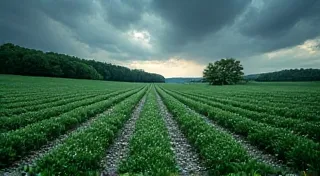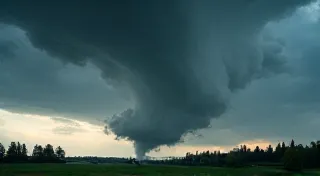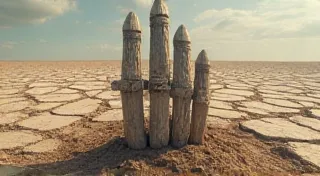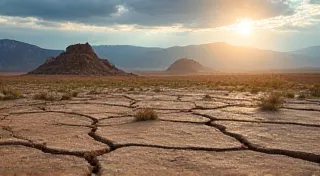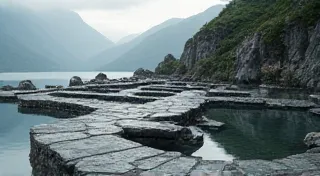The Little Ice Age: Climate and Society
The term "Little Ice Age" (LIA) refers to a period of regional cooling, primarily in the North Atlantic region, that occurred after the Medieval Warm Period. While not a true ice age in the geological sense, it’s generally considered to have lasted from roughly the 14th to the mid-19th centuries, though the timing and intensity varied considerably from place to place. This period of cooler temperatures had profound effects, not just on the environment, but also on agriculture, societies, and even artistic expression. Let's explore the causes, consequences, and lasting legacy of this significant period in weather history.
Understanding the Causes
The causes of the Little Ice Age are complex and still debated among climate scientists. Several factors likely contributed, including:
- Volcanic Activity: Increased volcanic eruptions released vast quantities of aerosols into the atmosphere, blocking sunlight and leading to a temporary cooling effect. Frequent large eruptions occurred during this period. The impact of volcanic events on climate is a recurring theme throughout history, and researchers continue to study how similar events might shape future climate scenarios.
- Solar Variability: Periods of reduced solar activity, known as grand solar minima (like the Maunder Minimum), resulted in less solar energy reaching Earth. Understanding these long-term trends in solar activity provides crucial context for interpreting past climate shifts, and is a vital component in many sophisticated climate models.
- Ocean Circulation Changes: Shifts in ocean currents, particularly the Atlantic Meridional Overturning Circulation (AMOC), likely played a role in redistributing heat around the globe. These shifts are incredibly complex, and understanding the mechanics behind them is an ongoing area of scientific investigation.
- Positive Feedback Loops: Snow and ice cover reflect more sunlight than darker surfaces, creating a feedback loop that amplified the cooling. This positive feedback effect is a powerful illustration of how small changes in climate can lead to significant, self-reinforcing impacts.
Impact on Agriculture and Food Security
The Little Ice Age dramatically impacted agricultural production across Europe and other regions. Shorter growing seasons, more frequent and severe frosts, and unpredictable weather patterns led to crop failures and widespread famine. The most vulnerable populations – those reliant on subsistence farming – suffered the most. Records from the time detail poor harvests, rising food prices, and outbreaks of disease exacerbated by malnutrition. In some areas, entire villages were abandoned due to unsustainable conditions. The effects weren't limited to Europe; regions across the globe experienced disruptions to traditional farming practices, and the resulting impacts on food security echo through historical records. The consequences of prolonged drought periods, similar to those experienced during the LIA, continue to be studied, as seen in comparing historical droughts with modern climate models. The reduced sunlight and altered precipitation patterns significantly impacted crop yields, forcing farmers to adapt and innovate. The challenges weren’t just about temperature; increased frequency of extreme weather events added another layer of uncertainty, making planning and long-term sustainability exceptionally difficult.
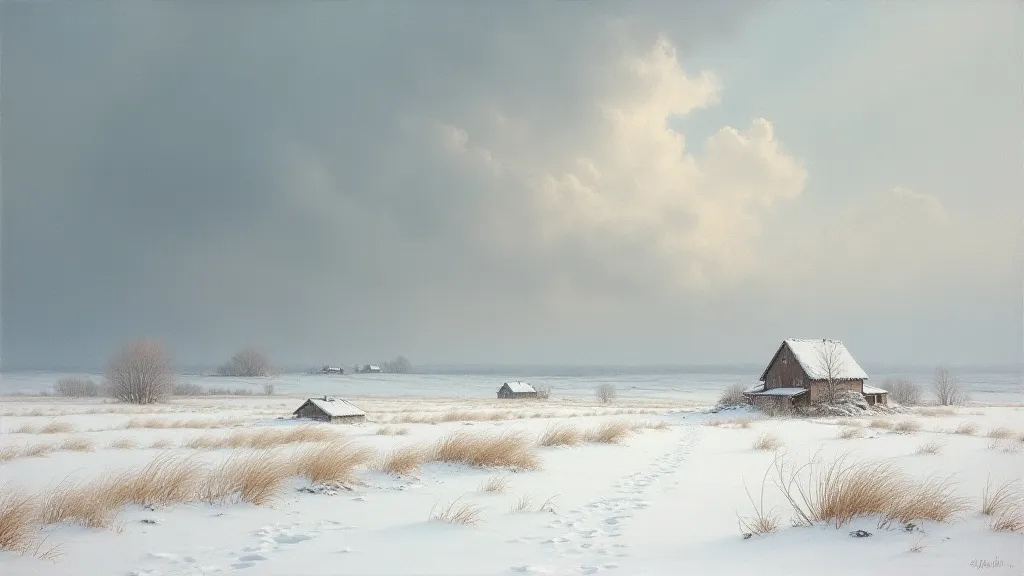
Societal Adaptations and Responses
Facing the challenges of a colder and more unpredictable climate, societies developed various adaptation strategies. These included:
The Little Ice Age and Art & Culture
The pervasive impact of the cold extended beyond the practical necessities of survival, profoundly influencing art and culture. The harsh realities of the Little Ice Age were reflected in paintings, literature, and music. The overall tone of artistic output shifted to reflect a more somber and introspective worldview. This influence is often subtle, but a closer examination of artistic trends during this period reveals a consistent theme of struggle against the elements.
Beyond the visual arts, the impact on literature was significant. Writers began to explore themes of vulnerability and resilience in the face of adversity, reflecting the challenges posed by the changing climate. The social and economic upheaval caused by the LIA fueled a renewed interest in folklore and traditional stories, often used to explain or cope with the unpredictable nature of the world. The prevailing anxieties of the time are readily apparent in the darker themes and more realistic portrayals of life common during this period.
Decline and Legacy
The Little Ice Age did not end abruptly. Its effects gradually lessened throughout the 19th century, coinciding with a period of increasing global temperatures. However, the legacy of this period is undeniable. It serves as a stark reminder of the profound and complex interplay between climate, society, and culture. The factors contributing to the decline of the LIA are still being researched, and ongoing studies attempt to understand the interplay of natural cycles and human impact. Studying the Little Ice Age provides valuable insights into how past societies responded to climate change, offering potential lessons for addressing the challenges of the present and future. The impact was felt globally, with different regions experiencing varying degrees of severity and adaptation strategies. The period exemplifies how human societies are deeply intertwined with their environment, and that changes in climate can have cascading effects on all aspects of life.
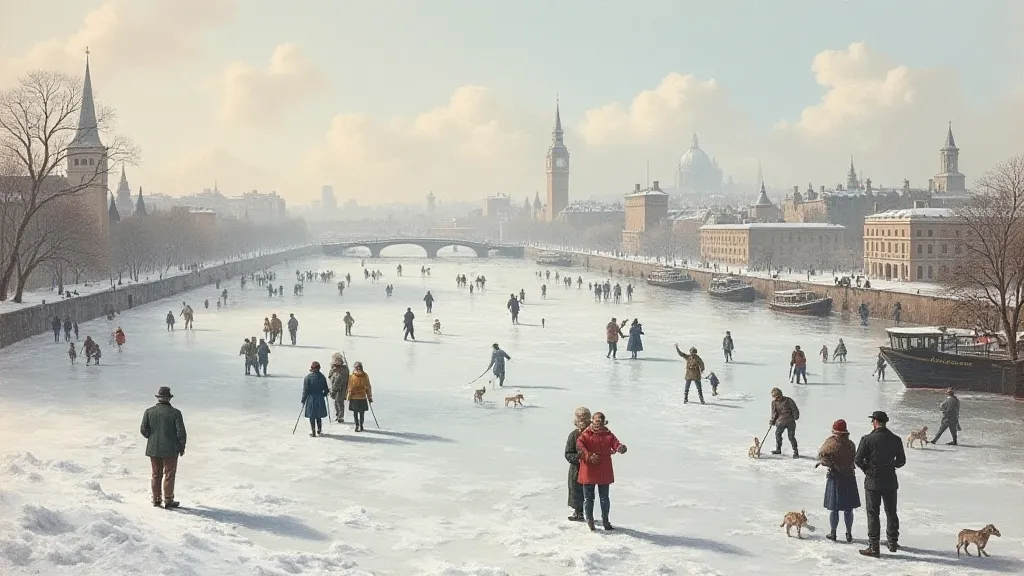
The period’s legacy extends beyond scientific understanding; it's interwoven with cultural narratives, artistic expression, and societal adaptations. Understanding the interplay of these factors allows for a more nuanced comprehension of the relationship between humanity and the environment, and offers crucial perspectives for navigating the complex challenges of a changing world. It's a period that illustrates the potential for climate change to shape not just landscapes but also human lives, cultures, and artistic endeavors. Furthermore, the conditions that fostered artistic movements such as Romanticism are a testament to how adversity can ignite creativity and reflection, making the Little Ice Age a rich area of historical and artistic exploration. The enduring lessons learned from the era underscore the importance of adaptability, innovation, and community resilience in the face of environmental stress.
